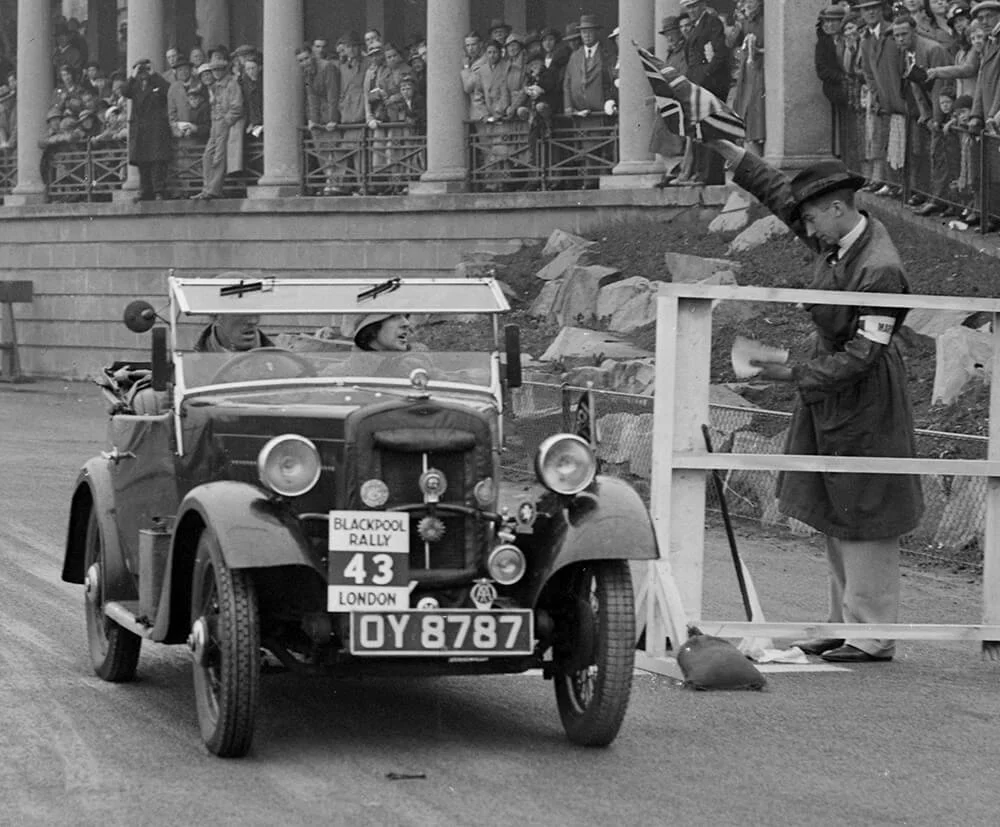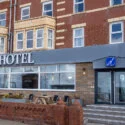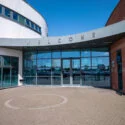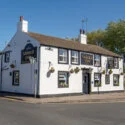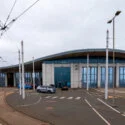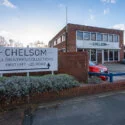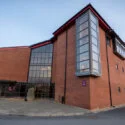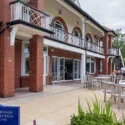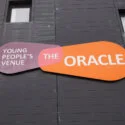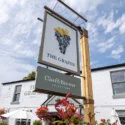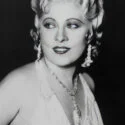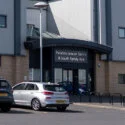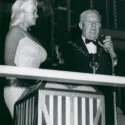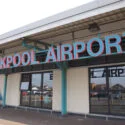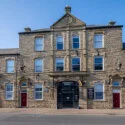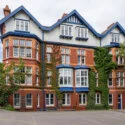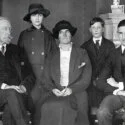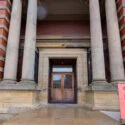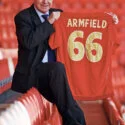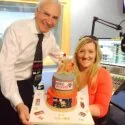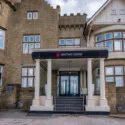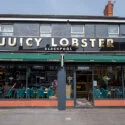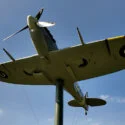The image of T. Wagner’s Morris Minor in the Blackpool Rally of 1936 captures a vibrant moment from the early days of British motorsport. Organised by the Lancashire Automobile Club (LAC), the Blackpool Rally was a prestigious event that mirrored the style of the famed Monte Carlo Rally. This format blended competitive motoring with the allure of a glamorous destination, making it a major attraction for both participants and spectators. The rally was first held in 1936 and took place again in 1937 and 1939. Its absence in 1938 was due to the RAC Rally concluding in Blackpool that year, which overshadowed the event and provided a different kind of spectacle for the resort’s motoring enthusiasts.
The Blackpool Rally served as a precursor to the later Morecambe Rally, which carried forward the spirit of competition introduced by its predecessor. Like Monte Carlo, the Blackpool Rally combined rigorous navigation with challenging driving conditions, testing the mettle of both drivers and their machines. T. Wagner’s Morris Minor exemplifies the vehicles of the time, showcasing the endurance and capability required to compete in such events. This rally, and others like it, reflected the growing popularity of motoring as both a sport and a leisure activity in the interwar years. It also underscored Blackpool’s status as a key venue for major events, leveraging its appeal as a destination for holidays and high-profile competitions alike. While the Blackpool Rally itself was short-lived, its legacy continued through the evolution of rallying in the UK and beyond.
